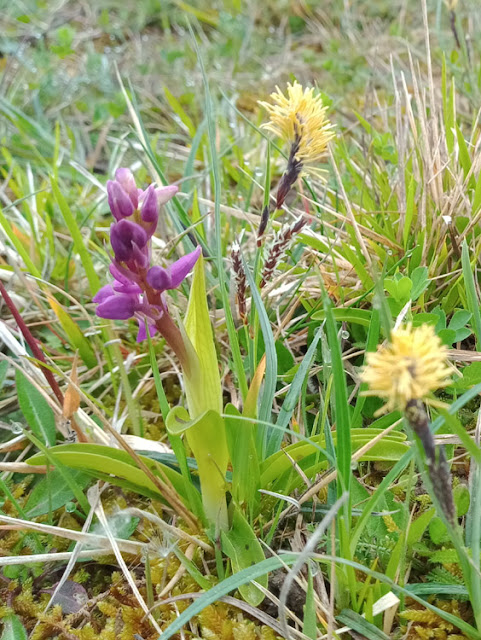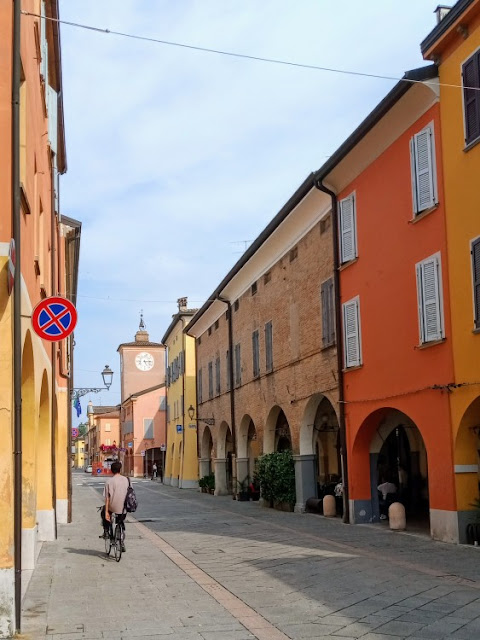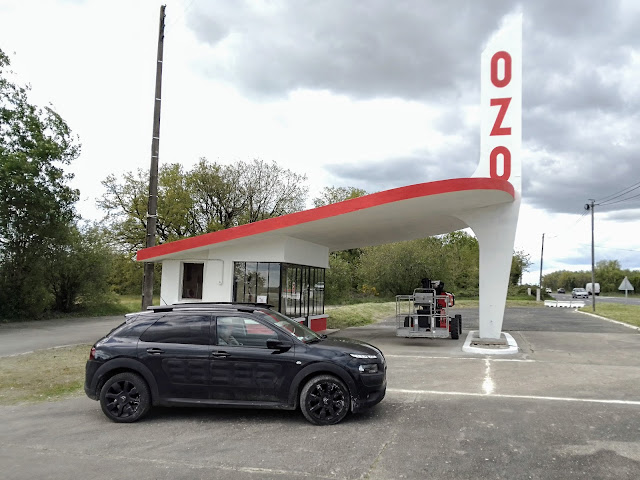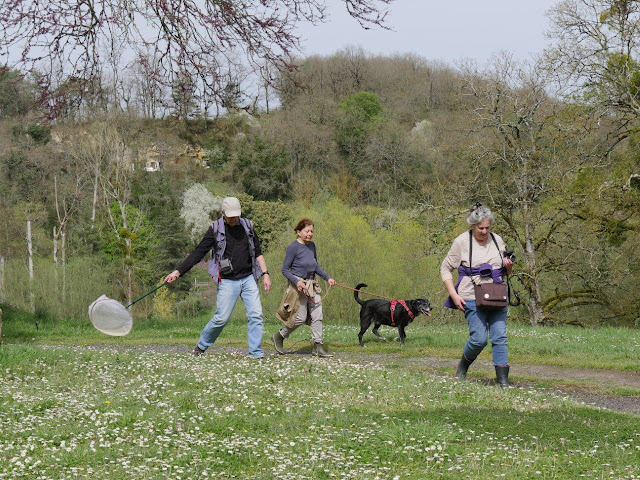My friend Ingrid and I took ourselves on a little nature outing to check on the state of the orchids in the Claise Valley around Chaumussay on 7 April. She wanted to practice with a new macro lens, so she took most of the photos. And we saw a lot of wildlife apart from just orchids. So here is a selection.
A Red-tailed Bumble Bee Bombus lapidarius (Fr. Bourdon des pierres) queen looking for a suitable place to set up her new colony.
 |
| Photo courtesy of Ingrid de Winter. |
Lady Orchid Orchis purpurea (Fr. Orchis pourpre) bud.
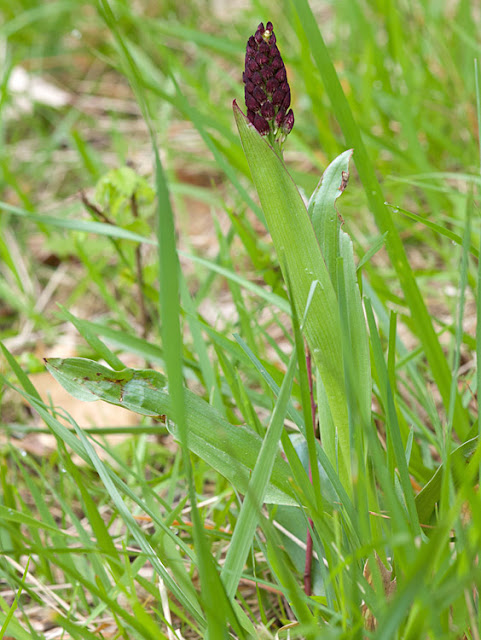 |
| Photo courtesy of Ingrid de Winter. |
Male Green Fairy Longhorn moths Adela reaumurella (Fr. ) displaying on a Wayfaring Tree Viburnum lantana (Fr. Viorne lantane), waiting for females to appear.
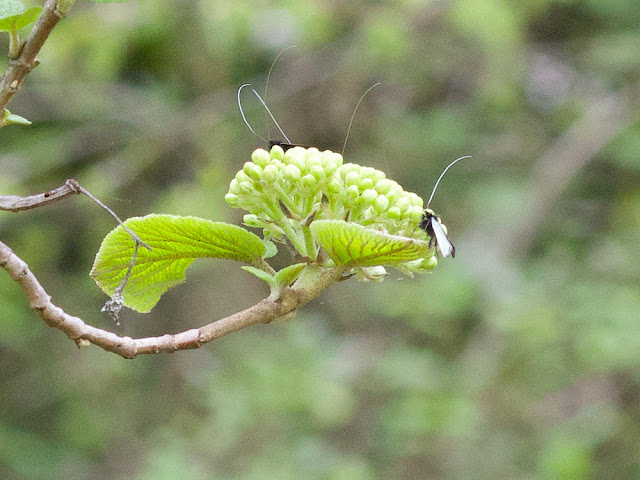 |
| Photo courtesy of Ingrid de Winter. |
Apple Blossom Beetle Tropinota hirta (Fr. Cétoine hérissée) on, you guessed it, apple blossom. The tree is a naturalised domestic apple I assume.
 |
| Photo courtesy of Ingrid de Winter. |
Lady Orchid.
 |
| Photo courtesy of Ingrid de Winter. |
The remarkarble shared tower entries to a sweat bee Lasioglossum marginatum colony. One of the little bees who occupy these tiny tunnels is centre bottom.
 |
| Photo courtesy of Ingrid de Winter. |
Green Hairstreak Callophrys rubi (Fr. on apple blossom. This lovely butterfly has a very short flight season, but the numbers appear to be increasing. These days I see it every year, which was not the case in the past.
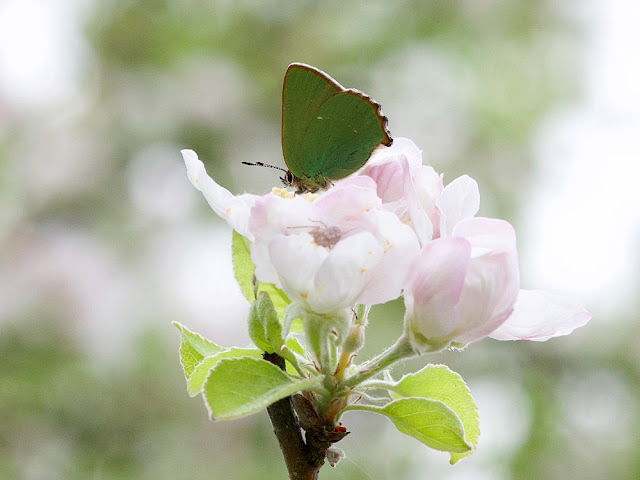 |
| Photo courtesy of Ingrid de Winter. |
The rare parasitic fly Gonia vacua. This one is male and covered in pollen.
 |
| Photo courtesy of Ingrid de Winter. |
The Second World War Demarcation line memorial at Chaumussay, on the D42 between Preuilly sur Claise and le Grand Pressigny. Conveniently, one can park there, and there is a colony of Early Purple Orchids.
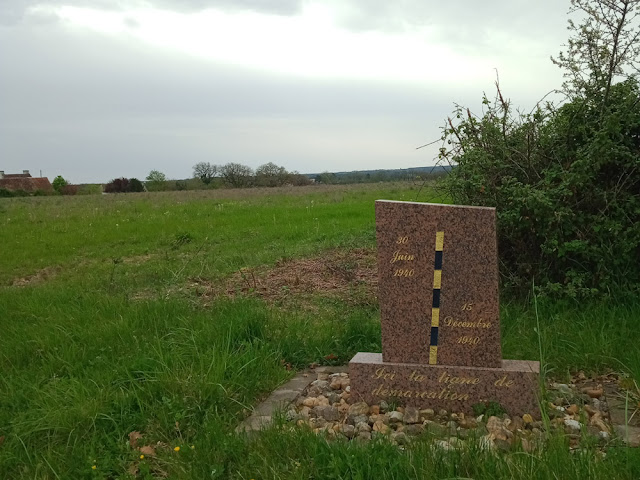 |
| Photo courtesy of Ingrid de Winter. |
Early Purple Orchid Orchis mascula (Fr. Orchis male) and Blue Sedge Carex flacca (Fr. Laîche glauque).
Cowslips Primula veris (Fr. Coucou) on the roadside at Humeau.

